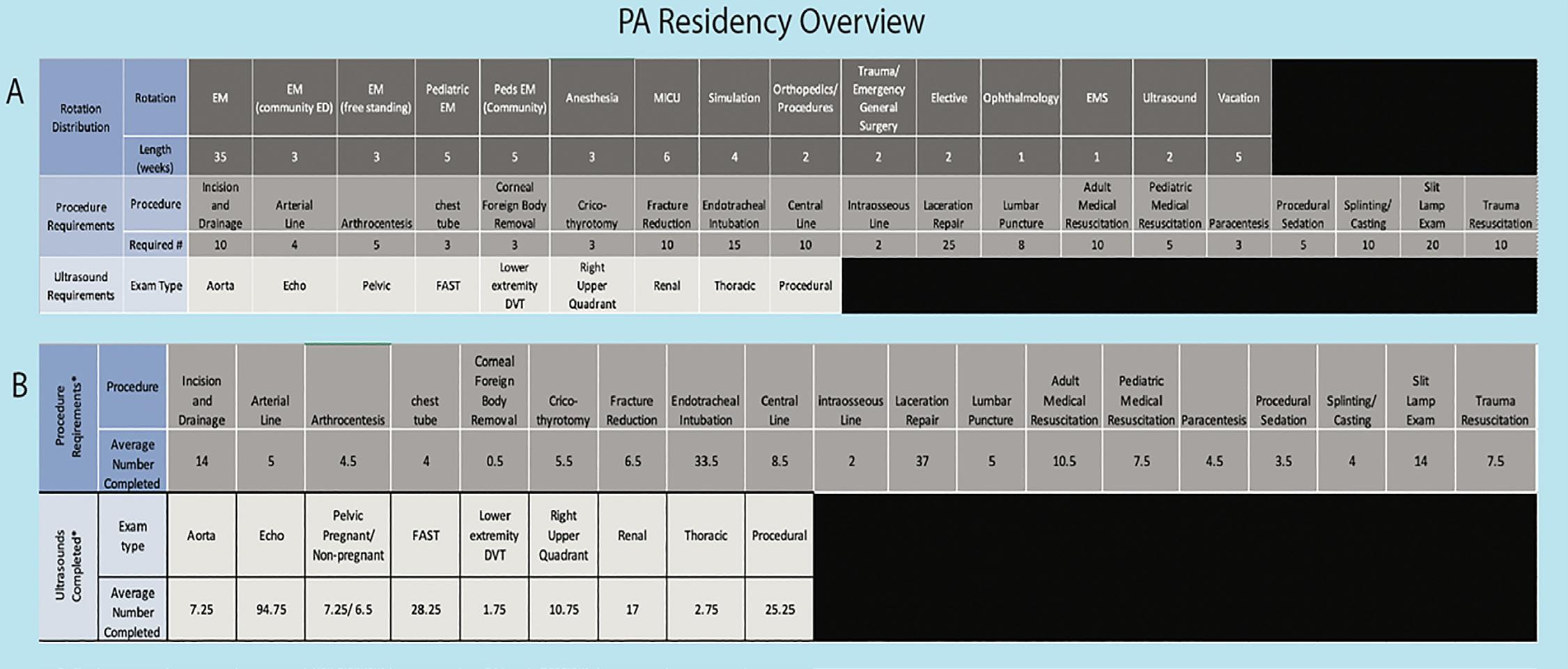Offenbacher et al. INTRODUCTION Over the last several decades simulation has continued to develop as a highly effective teaching modality used in a wide range of settings.1,2 In emergency medicine education the rapid evolution of simulation has relied heavily on cuttingedge technology, with increased levels of fidelity, as well as advanced modality-specific training programs such as post graduate fellowships.3 Increased recognition of the potential impact of simulation in emergency medicine education has grown in the wake of the academic challenges that followed the SARS-COV-2 (COVID-19) pandemic.4 In spite of the increasing utilization of simulation in emergency medicine education, significant challenges have persisted.5 These include the need for technically skilled operators, simulation trained educators, and substantial material resources.6-8 To date, the limited existing data has focused heavily on high-fidelity simulation for teaching both medical knowledge and clinical skills.9-12 Consequently, the integration of simulation into emergency medicine clerkship programs has remained selective, representing a secondary didactic adjunct at the undergraduate level.13 In response to these challenges, undergraduate emergency medicine educators have expressed significant interest in the use of lowfidelity (table-top) simulation experiences, despite the lack of outcomes-based research.14,15 During the 2019 academic year we looked to assess the efficacy of low-fidelity simulation modalities in undergraduate emergency medicine education, and conducted a randomized crossover study comparing a low-fidelity experimental model to a high-fidelity simulation control group.16 The primary outcome was medical knowledge acquisition measured by standardized multiple-choice examinations at the end of the one-month clerkship. As the efficacy of high-fidelity simulation control has been well established, our study was designed to assess for statistical equivalence of the experimental low-fidelity modality. METHODS Setting The study was conducted in a large urban medical college, where emergency medicine holds full departmental status, with robust undergraduate (UGME) and residency (GME) training programs. Medical students and residents rotate through a Level 1 urban trauma center and referral teaching hospitals. The department offers a four-week clerkship featuring low-fidelity case-based simulation clerkship curriculum inaugurated during the 2018 academic year. Its medical knowledge content is in line with generally accepted national standards set forth by Council of Residency Directors in Emergency Medicine (CORD) and Clerkship Directors in Emergency Medicine (CDEM) guidelines and includes the subjects of: chest pain (CP), shortness of breath (SB), abdominal pain (AP) and cardiovascular shock (CS). The experimental, low-fidelity, simulation sessions Volume 23, no. 1: January 2022
Learning Outcomes of High-Fidelity versus Table-Top Simulation Population Health Research Capsule What do we already know about this issue? Although emergency medicine has long embraced simulation, the challenges associated with offering high-fidelity experiences remains a significant barrier to widespread implementation. What was the research question? What is the efficacy of low-fidelity simulation in undergraduate emergency medicine education? What was the major finding of the study? Low and high fidelity simulation modalities are equivalent when comparing medicalknowledge learning outcomes. How does this improve population health? Our study provides some of the first data to support low-fidelity simulation as an equivalent modality, to high-fidelity models, as it pertains to medical-knowledge learning outcomes.
utilized teddy bears as patient models through which participating students interacted with cases. The control highfidelity simulation was conducted in, the on-campus, Health and Hospitals Institute for Medical Simulation and Advanced Learning (IMSAL) on a Laerdal SimMan®3G mannequin, with residency simulation faculty and additional technical support staff on site, in one of the center’s high-fidelity resuscitation rooms. Case-based teaching points for each of the four topics, as well as teaching formats, remained unchanged for the entire 2019 academic year regardless of study assignment and included an initial oral board style case simulation, a clinical knowledge debrief discussion and a summative simulation exercise. As such session structure remained consistent between control and experimental modalities. Other than intrinsic differences of the two modalities, efforts were made to control for all other variables including session duration, identical learning points regardless of learning modality and consistency amongst a small group of educators. Over the course of each clerkship cohort period, all participating students were randomly assigned to participate in two experimental and two control didactic sessions. All students were exposed to all teaching points through either the experimental or control simulation modality. Study Design and Population We used a randomized, crossover design to control for confounders related to the course subject content and 21
Western Journal of Emergency Medicine













